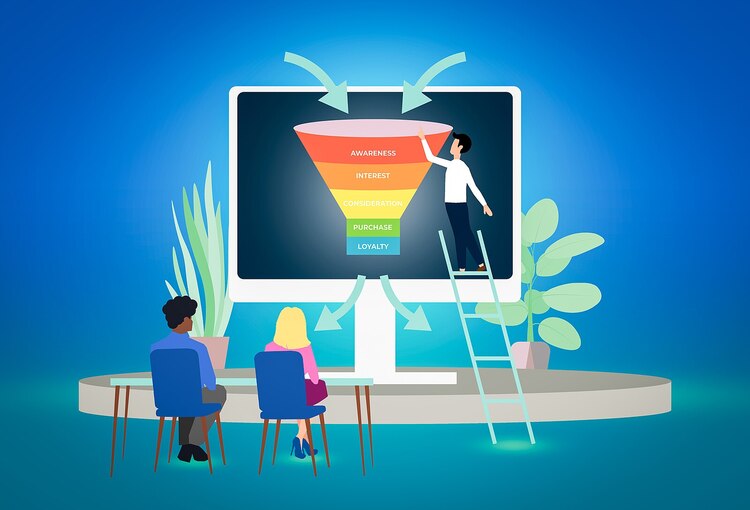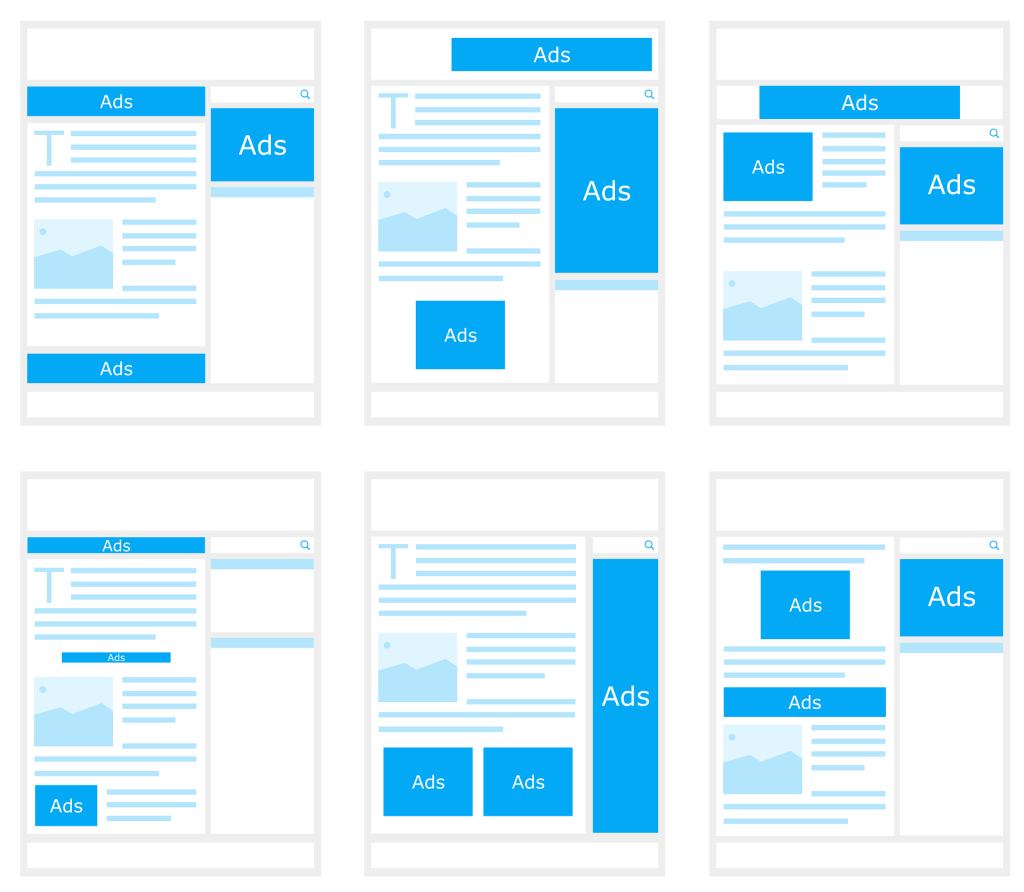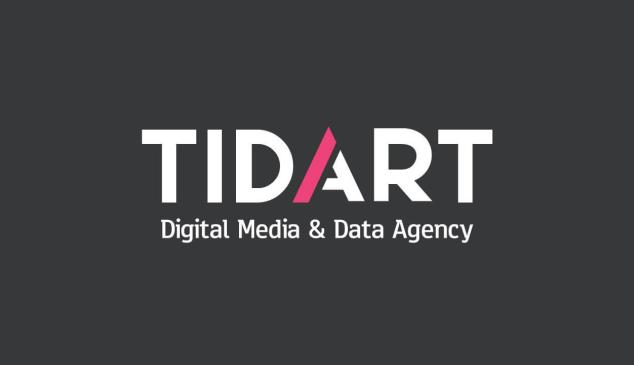
When making a purchase, shoppers adopt different attitudes towards products and brands as key moments of each shopping season approach. While consumers typically exhibit a combination of four main attitudes, some become more pronounced as specific sales or special dates draw nearer. By understanding their behavior and adapting brand strategy, brands can strengthen their connection with customers and achieve better results during crucial moments.
These are the four mental stages consumers go through when making a purchase, which follows the conversion funnel logic. Let’s take a closer look.
Adapting to shopper mindsets at key stages of the season
Reflective stage
At the reflective stage, shoppers are doing their research and planning their purchases. They seek inspiration, compare products, and often make decisions well before main sales events like Christmas. For instance, 59% of Christmas shoppers know what gifts they’ll buy before December even arrives, and over 70% of purchases made from October to January are influenced by prior research, according to data from Ipsos and Google.
To attract these consumers, it’s essential to engage with them early, even before they’re ready to make a purchase. During the run-up to Christmas sales, ensure products are visible and appealing. Video ad campaigns, particularly on YouTube, can help inspire them as they search for gift ideas, and a clear call to action can encourage them to move closer to purchasing. Demand-generation campaigns also work well at this stage to push them towards conversion.
Opportunistic stage
Shoppers in the opportunistic stage are on the lookout for deals throughout the holiday shopping season, not just on specific sale days. In fact, 75% of consumers keep an eye out for promotions during the entire festive period. For them, the anticipation of a great deal marks the beginning of their holiday shopping.
To appeal to these consumers, promotions must be planned strategically and started before key sale days. This allows brands to maintain a consistent level of engagement with shoppers across the entire holiday season. Product listings should feature key details like promotions, reviews, and ratings to help shoppers make quicker decisions.
Decisive stage
As key dates like Christmas draw near, shoppers enter the decisive stage, driven by urgency. Even those who have been planning for a while may find themselves scrambling for last-minute gifts. In 2023, only 43% of Christmas purchases were made before December, leaving a significant window of opportunity for marketers to capture sales in the final stretch.
With Black Friday falling later in 2024, shoppers will have less time to purchase during peak sales events. This means the decisive stage will be more compressed, creating a heightened sense of urgency. To capture these shoppers, ensure marketing budgets include a final push toward the end of the season. Targeted ads that focus on high-intent moments are critical.
Committed stage
After the main shopping rush, committed consumers continue buying, whether to treat themselves or take advantage of post-holiday offers. This provides a great opportunity to retain customers and increase brand loyalty as the year ends.
In early 2024, over 40% of Google searches related to shopping mentioned specific brands or stores, indicating that many consumers are becoming more attached. This loyalty is built on positive experiences and trust, which makes it crucial to foster strong connections during the post-holiday shopping period.
To make the most out of a Christmas sales strategy, it’s crucial to understand how consumers progress through different stages—reflective, opportunistic, decisive, and committed—during the holiday season. By aligning marketing efforts with these evolving mindsets, brands can engage customers more effectively, increase conversions, and build long-term brand loyalty.
At Tidart, we help our clients adjust their marketing strategies to fit the customer journey, ensuring that brands will reach their key customers at the right moment. Click here for more information.




